Jialun Xiong distills her inspirations in minimalist designs
Wallpaper* Future Icons: Jialun Xiong is reinventing minimalism with her pared-back yet deeply referential interiors and furnishings

Born in Chongqing, China but based in Los Angeles, Jialun Xiong has always been interested in exploring duality. The trained architect and furniture designer often looks to the high-rise architecture of her hometown and the functional minimalism of International Style Modernism evident throughout her adoptive city when developing new concepts. For her, it’s all about finding the perfect balance between restraint and boldness; weightlessness and weightiness.
Jialun Xiong: 'I am for discipline, clarity and good craftsmanship'
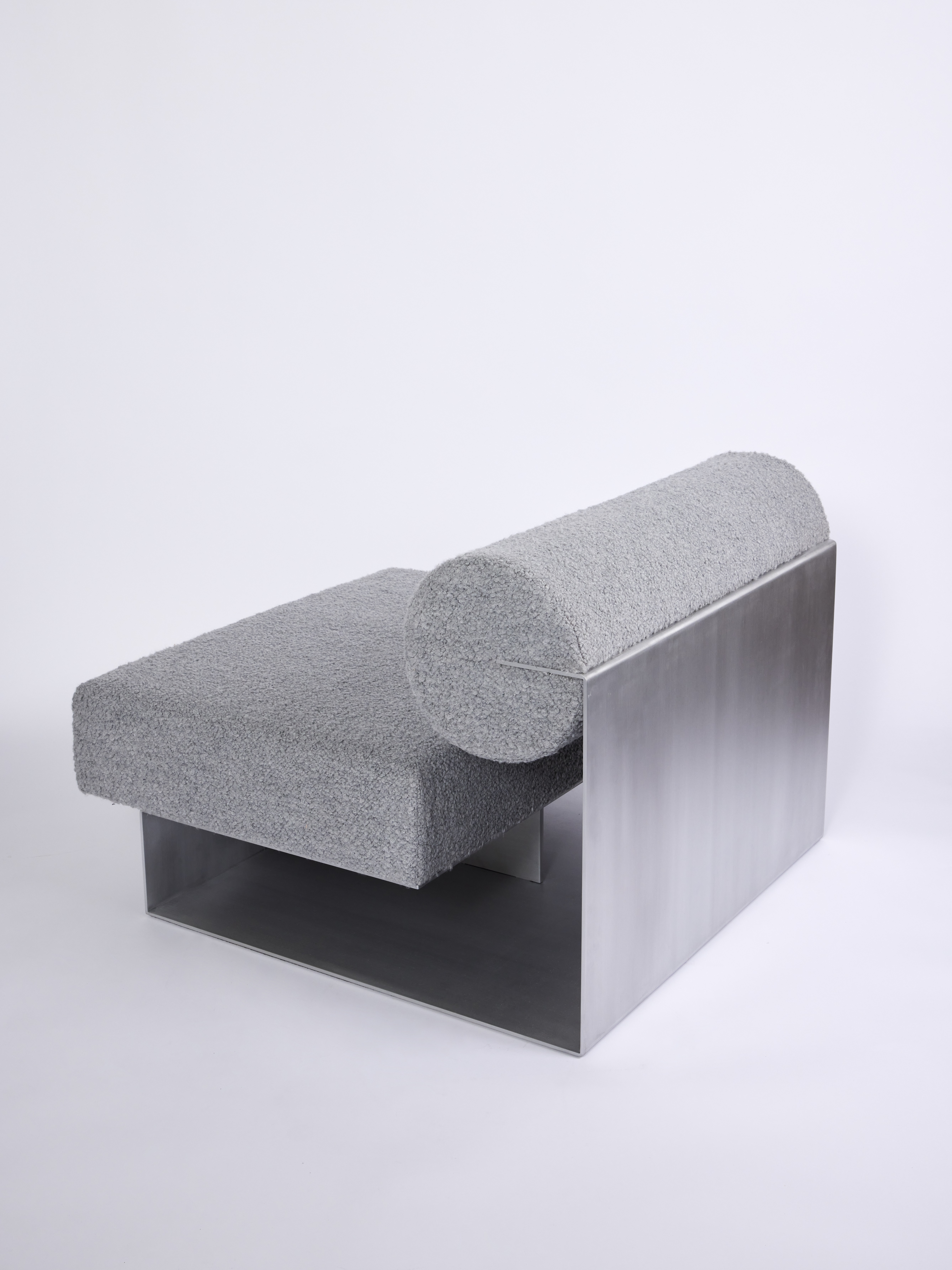
Folds Single Sofa
Whether designing a furnishing or interior, Xiong is able to bring together and distil different sources of inspiration—cultural references and details specific to one architectural style or another. She achieves this through the careful combination of material, texture, geometric form, proportion, and composition. It’s all about intentionality and sticking to her guns. For her, the best kind of designs are those that don't immediately lay to bare their visual influences but rather, reveal their aesthetic allegiances over time.
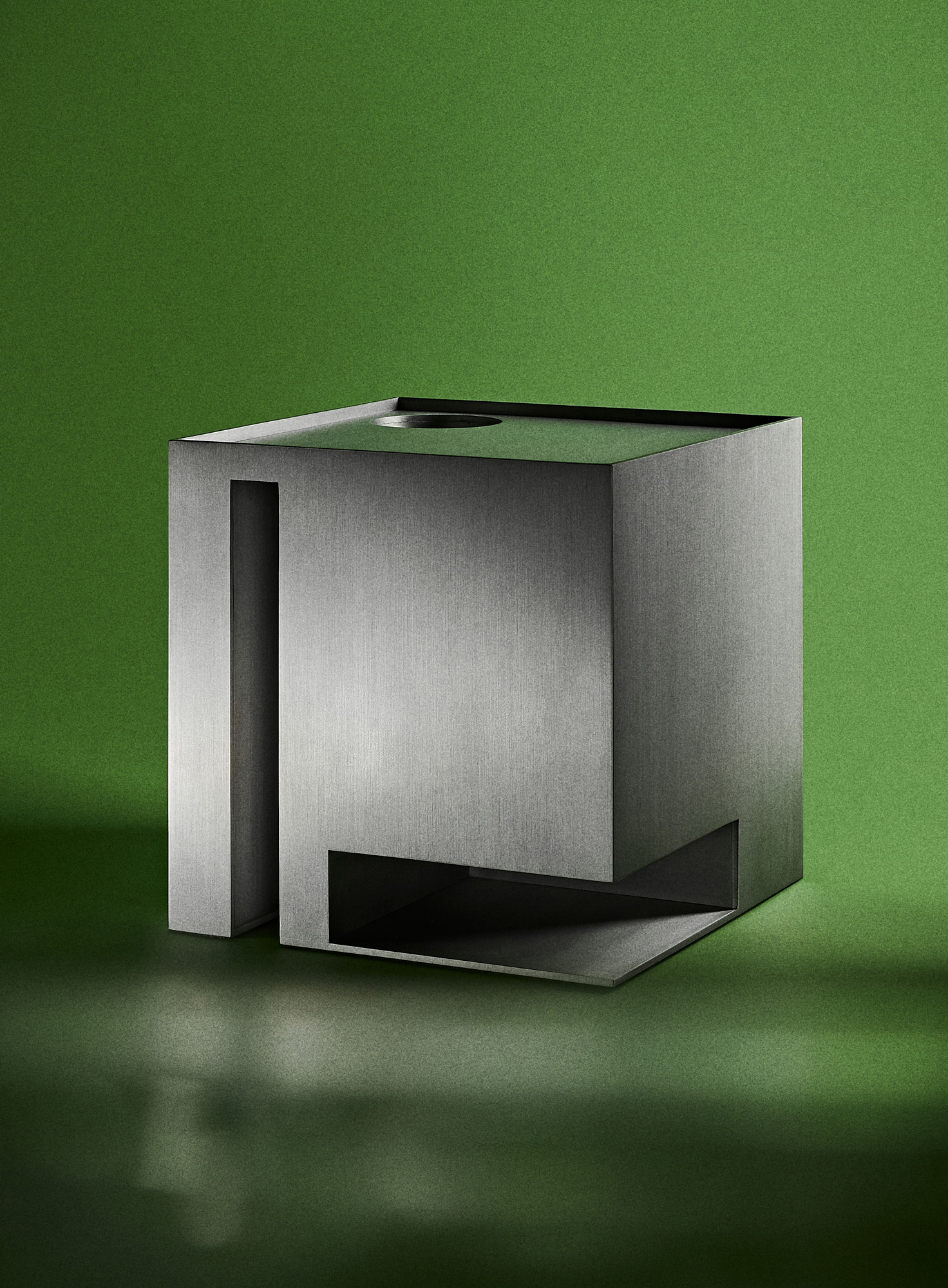
Dwell Side Table
One of the multifaceted talents' key strategies is the careful interplay of positive and negative space. Case in point: Dwell Side Table. The 40 x 40 x 40 cm, hand brushed aluminium stand references the massing of a sleek minimalist model home one might find anywhere in the world. Different geometric forms cut away on each side, as if delineating curtain windows or overhangs. A top surface circle is essentially a skylight.
The piece formalizes a conversation between the simplicity of shape and the complexity of fabrication. Though simple in composition, the crystalline design requires a level of precision and skill to be constructed. 'I always aim for discipline and clarity but also, good craftsmanship even with a material like metal,' says Xiong. 'My works have nothing to hide. They’re often stripped down to their simplest forms, encouraging viewers to appreciate structural details.'

Interiors for Sichuan Impression, Los Angeles
The designer is constantly analysing the relationship between objects and spatial volumes; the proportion between the things as well as pushing the boundaries of their construction. Less interested in making designs that are loud and imposing, she focuses on facilitating people’s understanding of materiality and form.
This distilled and abstracted design is much more than a uniquely decorated side table. It demands the viewer to think about architecture and space in a new and engaging way. Asking the user to slow down and reconsider the objects around them is central to Xiong's mission.
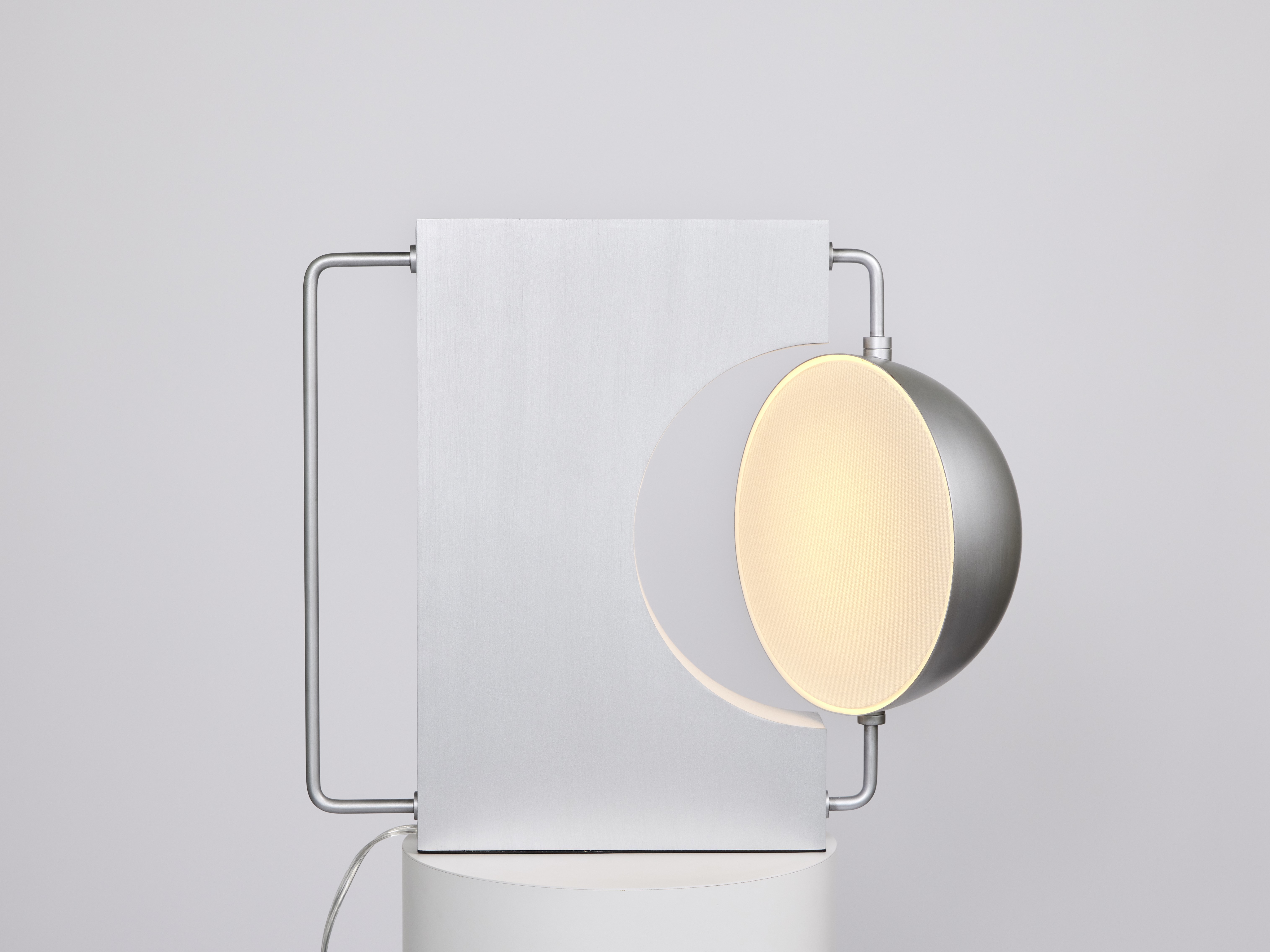
Half Lamp in Hand-brushed aluminium
Other designs like the Half Table Lamp contrast hemispherical shapes with a bisecting rectilinear plane. The former element is illuminated and moveable, making for a number of configurations to direct light. In this instance, Xiong is working to change the perception of this eternal element. Projects like the outfit of the Sichuan Impressions restaurant combine many of these explorations but are masterfully brought together as a single statement piece.
Receive our daily digest of inspiration, escapism and design stories from around the world direct to your inbox.
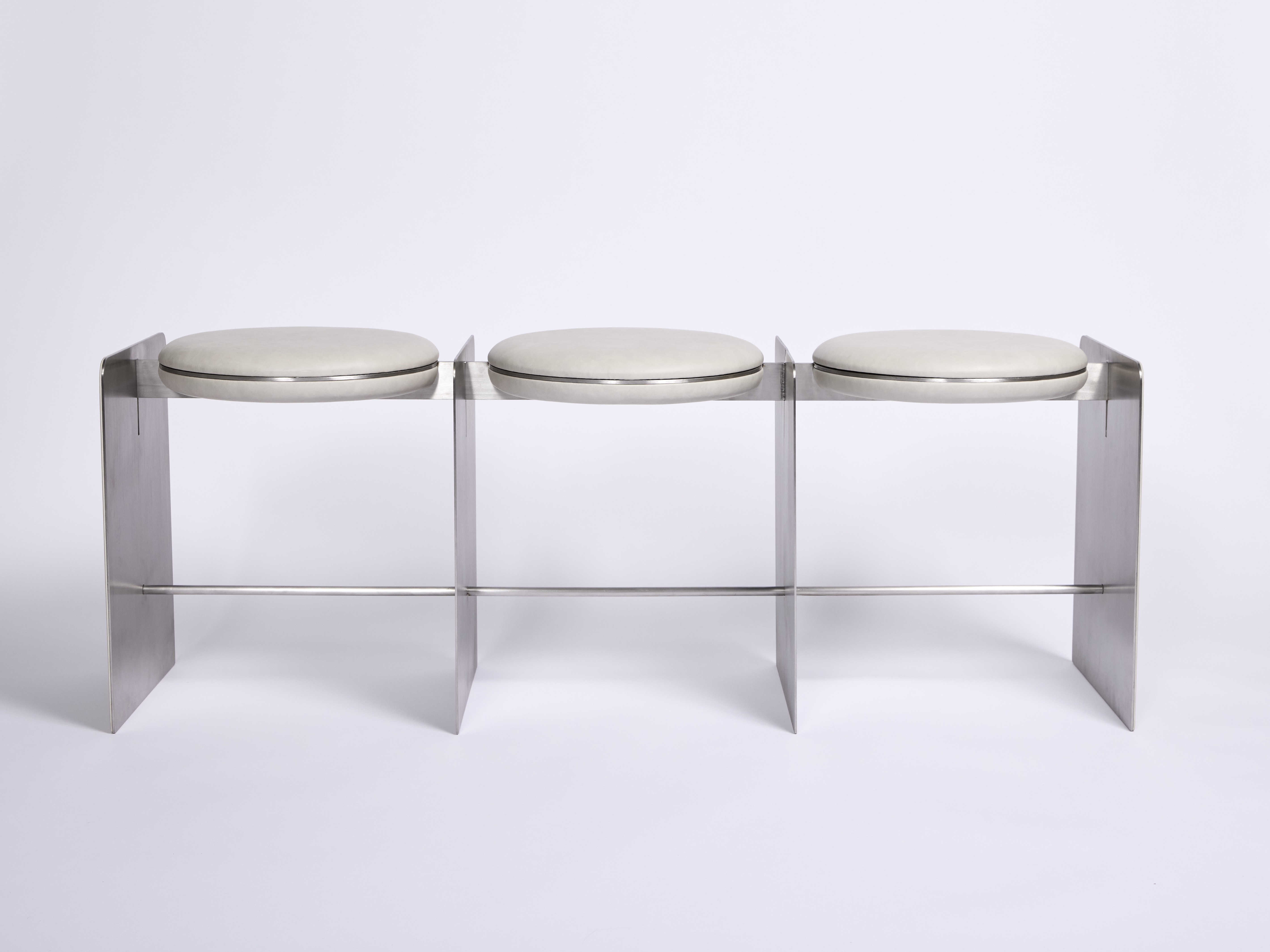
Building Blocks 3-Seater
Adrian Madlener is a Brussels-born, New York-based writer, curator, consultant, and artist. Over the past ten years, he’s held editorial positions at The Architect’s Newspaper, TLmag, and Frame magazine, while also contributing to publications such as Architectural Digest, Artnet News, Cultured, Domus, Dwell, Hypebeast, Galerie, and Metropolis. In 2023, He helped write the Vincenzo De Cotiis: Interiors monograph. With degrees from the Design Academy Eindhoven and Parsons School of Design, Adrian is particularly focused on topics that exemplify the best in craft-led experimentation and sustainability.
-
 Each mundane object tells a story at Pace’s tribute to the everyday
Each mundane object tells a story at Pace’s tribute to the everydayIn a group exhibition, ‘Monument to the Unimportant’, artists give the seemingly insignificant – from discarded clothes to weeds in cracks – a longer look
-
 Discover The Legacy, Hong Kong’s eye-catching new condo
Discover The Legacy, Hong Kong’s eye-catching new condoThe Legacy, by ACPV Architects Antonio Citterio Patricia Viel, is a striking new condo tower that aims to ‘create a sense of community and solidarity among people’
-
 In BDSM biker romance ‘Pillion’, clothes become a medium for ‘fantasy and fetishism’
In BDSM biker romance ‘Pillion’, clothes become a medium for ‘fantasy and fetishism’Costume designer Grace Snell breaks down the leather-heavy wardrobe for the Alexander Skarsgård-starring Pillion, which traces a dom/sub relationship between a shy parking attendant and a biker
-
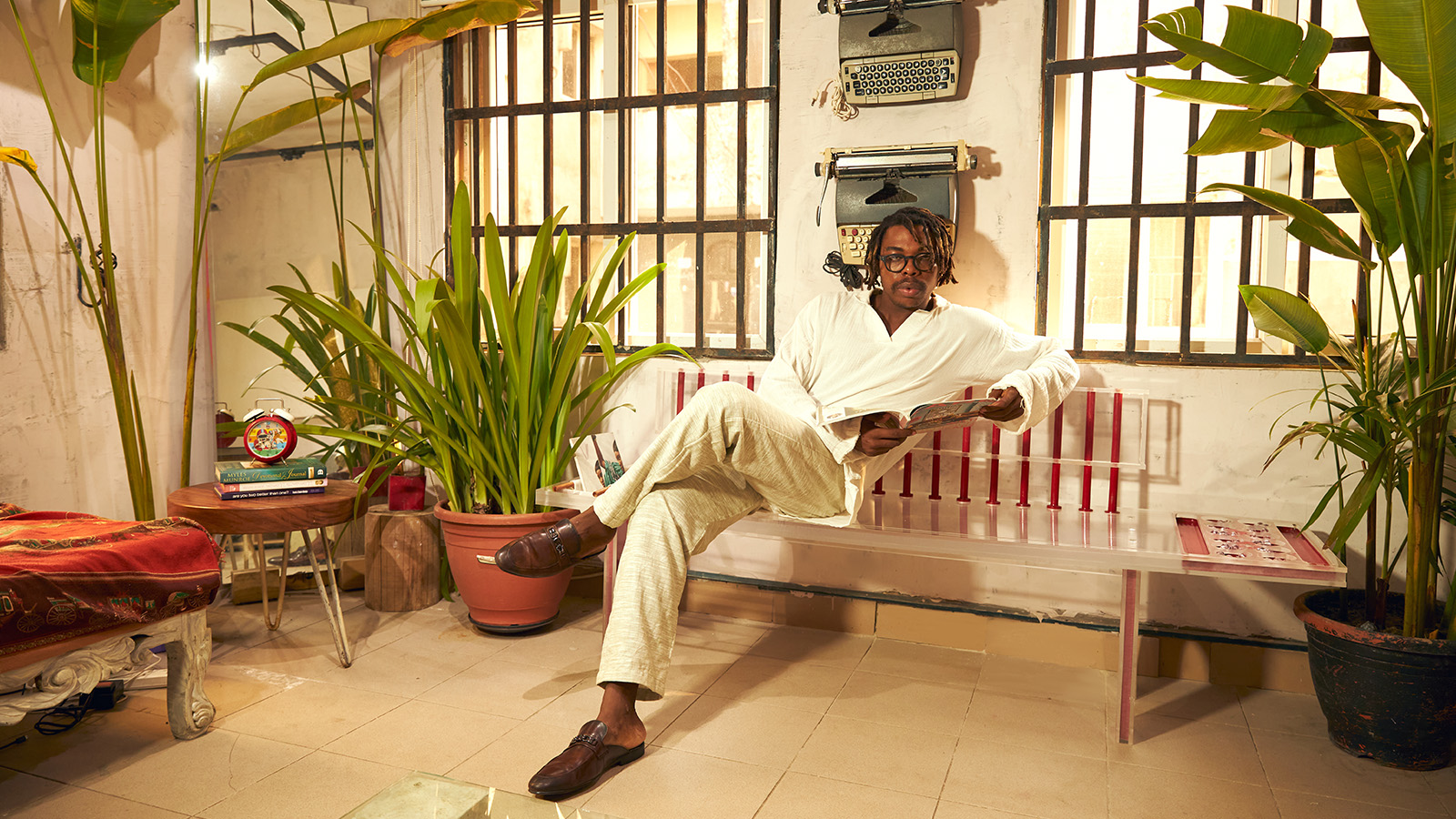 Josh Egesi on his designs and evolving culture: 'Design is a form of cultural documentation'
Josh Egesi on his designs and evolving culture: 'Design is a form of cultural documentation'Nigerian designer Josh Egesi tells Wallpaper* about the creativity behind his studio, design approach, his country's cultural revolution, and venturing into surfboard design
-
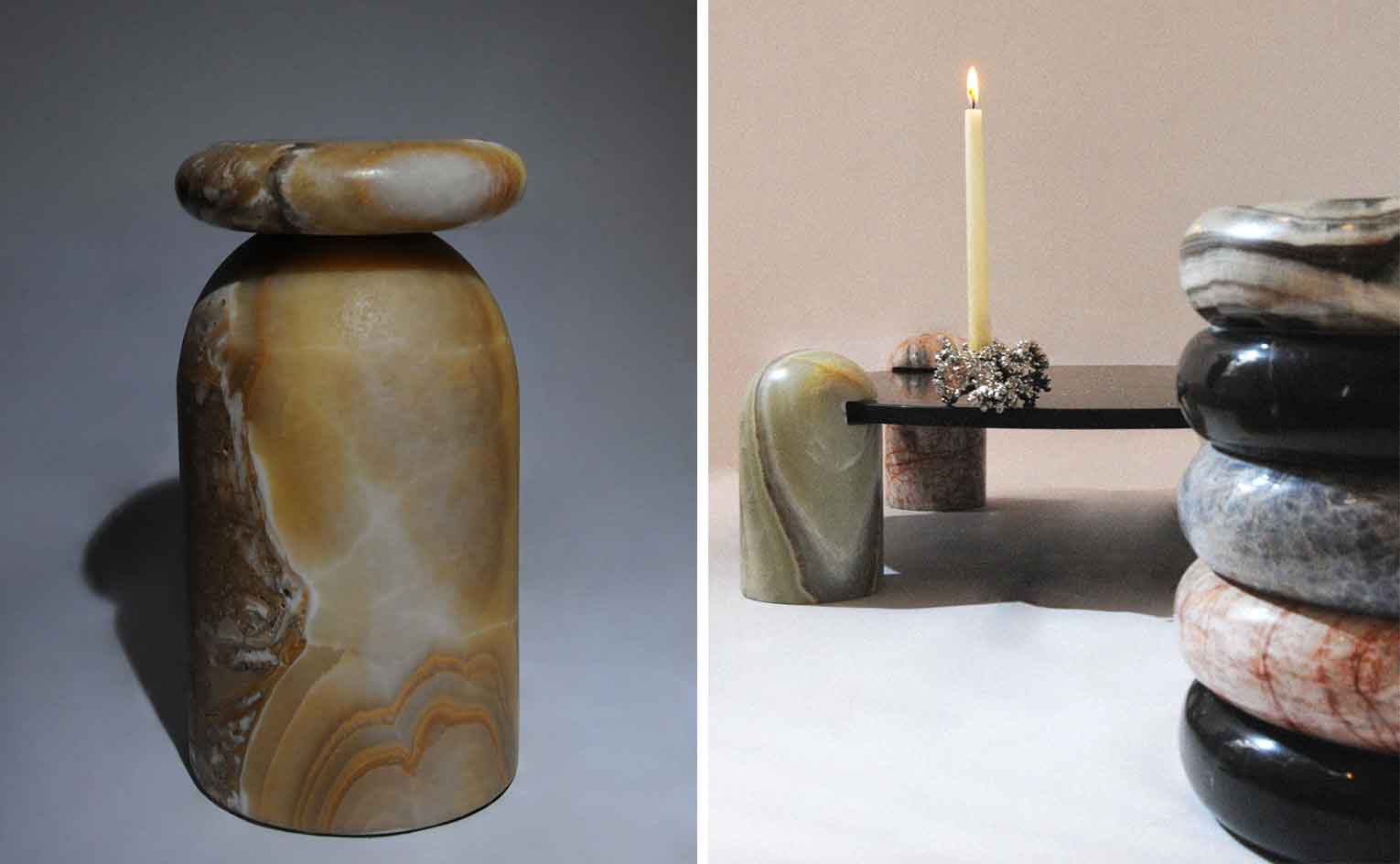 Panorammma's design work is a combination of fictional worlds
Panorammma's design work is a combination of fictional worldsWallpaper* Future Icons: Mexico City-based design studio Panorammma is the practice of 29-year old Maika Palazuelos
-
 Olivia Bossy's sculptural furniture is inspired by everyday moments
Olivia Bossy's sculptural furniture is inspired by everyday momentsWallpaper* Future Icons: based in Sydney Olivia Bossy turns visuals and ideas into sculptural furniture
-
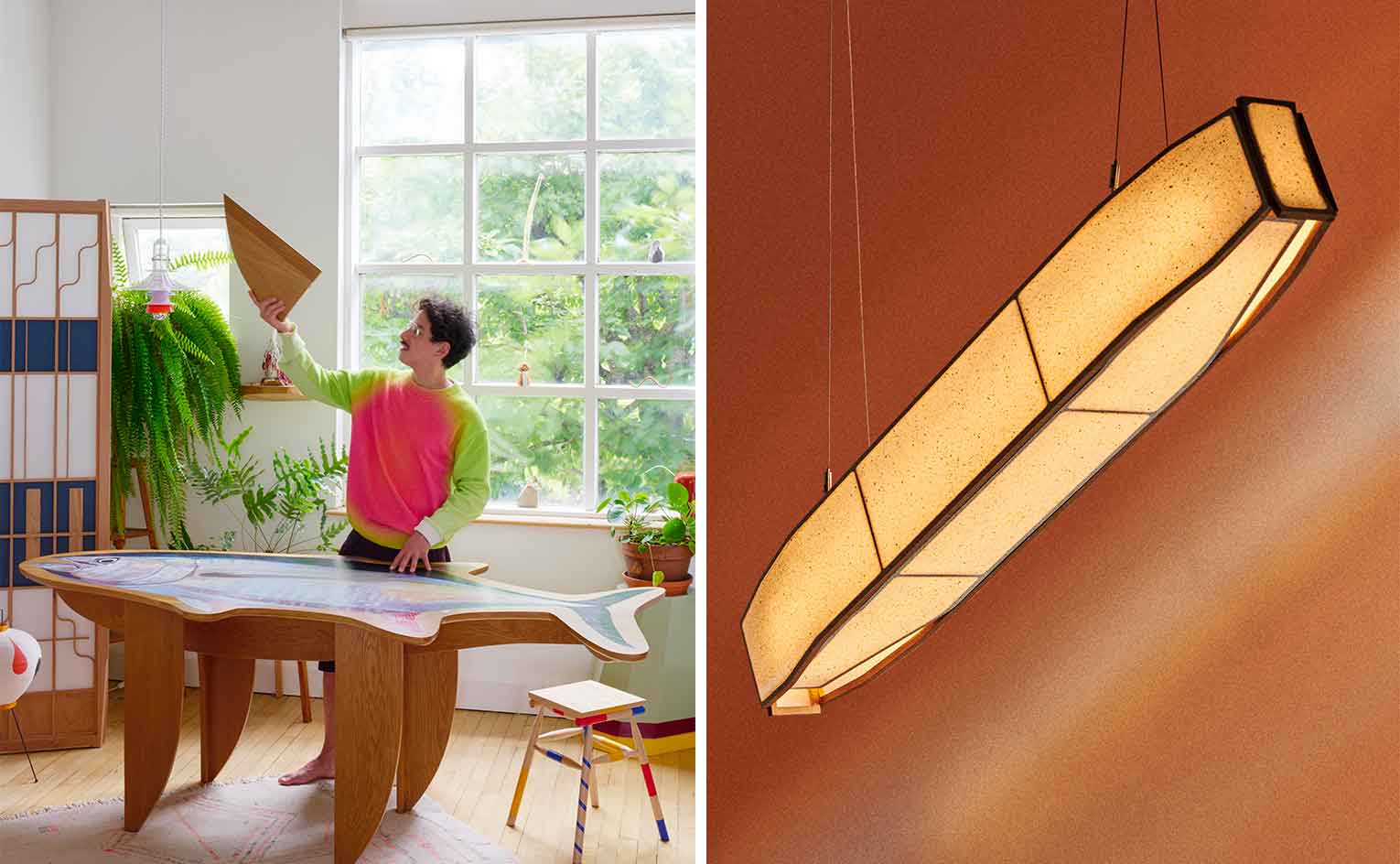 Rio Kobayashi turns traditional furniture making on its head
Rio Kobayashi turns traditional furniture making on its headWallpaper* Future Icons: how Austrian-Japanese designer Rio Kobayashi reinvents traditional furniture through diverse influences and collaborations
-
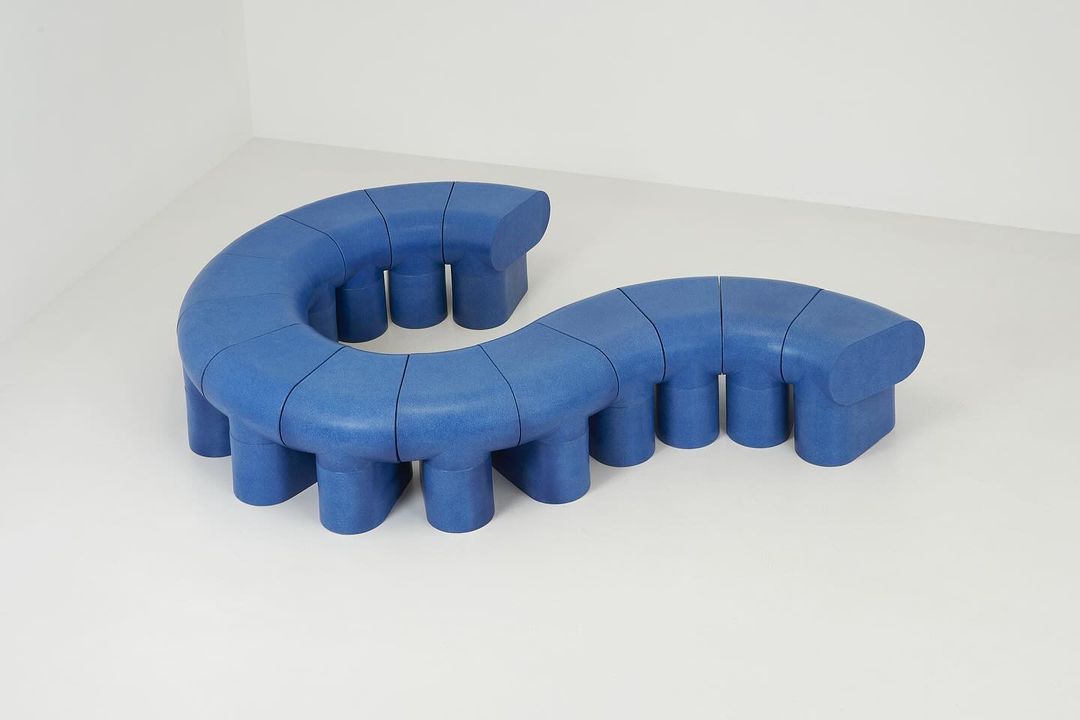 Rino Claessens’ modular furniture experiments with ceramic design
Rino Claessens’ modular furniture experiments with ceramic designWallpaper* Future Icons: Rino Claessens turns his love for ceramics into experimental large-scale modules and compositions
-
 Inside Seongil Choi's experiments with materials and form
Inside Seongil Choi's experiments with materials and formWallpaper* Future Icons: Seoul-based Seongil Choi works across a variety of materials, with experimental approaches at the heart of his work
-
 Parti Studio swing between architecture and design through research and experimentation
Parti Studio swing between architecture and design through research and experimentationWallpaper* Future Icons: London-based architecture practice Parti made its lighting design debut this year
-
 Giles Nartey translates African rituals into bold design objects
Giles Nartey translates African rituals into bold design objectsFuture Icons: Giles Nartey's boundary-pushing work combines teaching, research and design